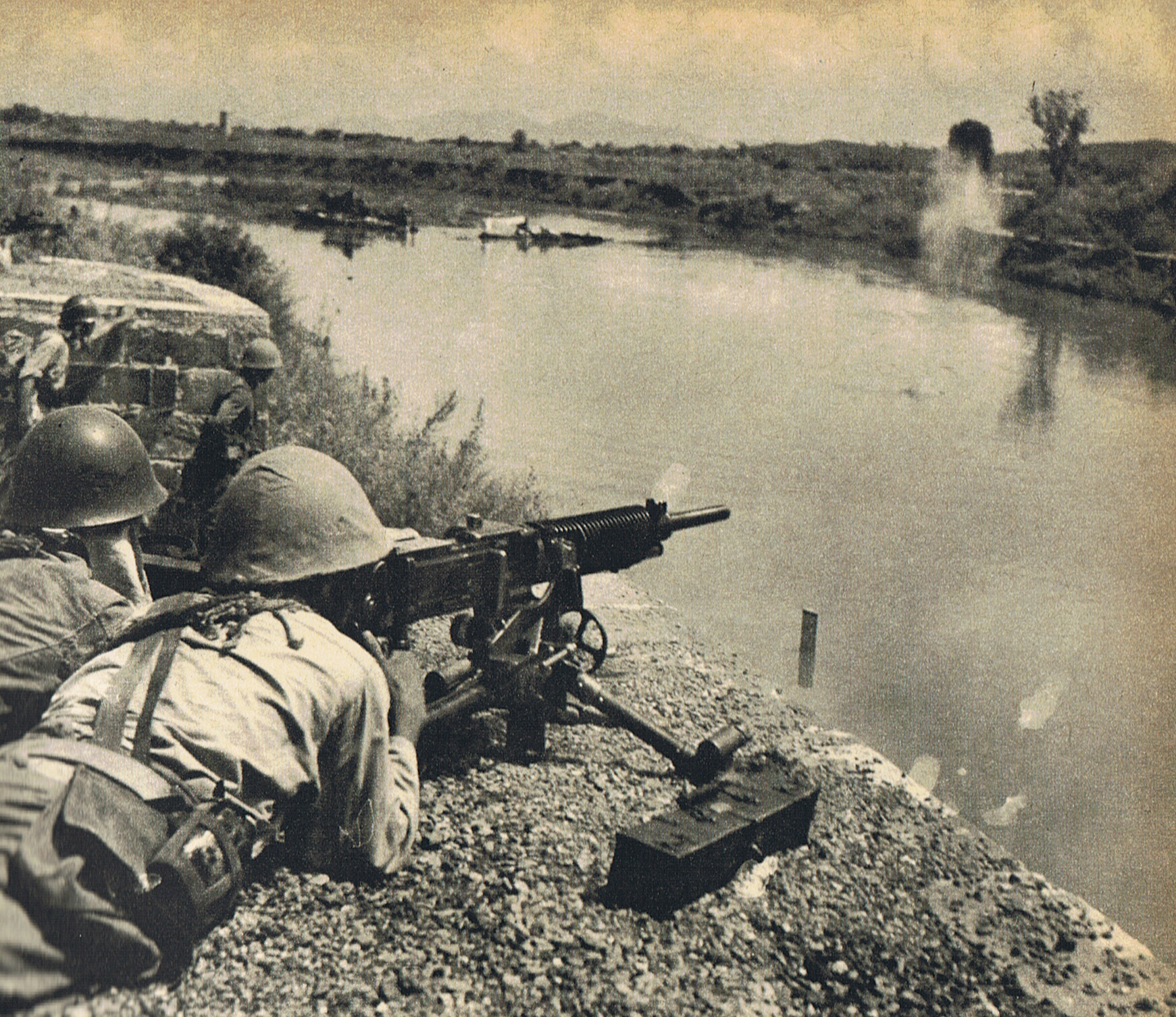Hunan
 | w =
| mi =
| wuu = Wu去 noe平
| j = Wu4-naam4
| y = Wùh-nàahm
| ci =
| tl = Ôo-lâm
| hsn =
| showflag = hsn
| order = st
}}
| w =
| mi =
| wuu = Wu去 noe平
| j = Wu4-naam4
| y = Wùh-nàahm
| ci =
| tl = Ôo-lâm
| hsn =
| showflag = hsn
| order = st
}}Hunan, Xiang Chinese: , Mandarin: }} is an inland province in Central China. Located in the middle reaches of the Yangtze watershed, it borders the province-level divisions of Hubei to the north, Jiangxi to the east, Guangdong and Guangxi to the south, and Guizhou and Chongqing to the northwest. Its capital and largest city is Changsha, which abuts the Xiang River. Hengyang, Zhuzhou, and Yueyang are among its most populous urban cities.
With a population of just over 66 million residing in an area of approximately , it is China's 7th-most populous province, the third-most populous among landlocked provinces (after Henan and Sichuan), the third-most populous in South Central China (after Guangdong and Henan), and the second-most populous province in Central China. It is the largest province in South Central China and the fourth-largest landlocked province.
Hunan's nominal GDP was US$724 billion (CN¥4.6 trillion) as of 2021, appearing in the world's top 20 largest sub-national economies, with its GDP (PPP) being over US$1.1 trillion. Hunan is the 9th-largest provincial economy in China, the fourth-largest in South Central China, the third-largest in Central China, and the fourth-largest among landlocked provinces. Its nominal GDP per capita exceeded US$10,900 (CN¥69,300), making it the third-richest province in South Central China, after Guangdong and Hubei. As of 2020, Hunan's nominal GDP reached $605 billion (CN¥4.18 trillion), exceeding that of Poland, with a GDP of US$596 billion, and Thailand, with a GDP of US$501 billion, the 22nd- and 25th-largest in the world, respectively.
The name ''Hunan'' literally means "south of the lake". The lake in question is Dongting Lake, in the northeast of the province. Vehicle license plates from Hunan are marked (), after the Xiang River, which runs from south to north through Hunan and forms part of the province's largest drainage system. The area of Hunan was under Chinese rule as far back as 350 BC. Hunan was the birthplace of communist revolutionary Mao Zedong, who became the Chairman of the Chinese Communist Party and the founding father of the People's Republic of China. Hunan today is home to some ethnic minorities, including the Tujia and Miao, along with the Han Chinese, who make up a majority of the population. Varieties of Chinese spoken include Xiang, Gan, and Southwestern Mandarin.
Wulingyuan was inscribed as a UNESCO World Heritage Site in 1992. Changsha, the capital, is in the eastern part of the province; it is an important commercial, manufacturing, and transportation center. The busiest airports serve domestic and international flights for Hunan, including Changsha Huanghua International Airport, Zhangjiajie Hehua International Airport, and Changde Taohuayuan Airport. Hunan is the seat of the Yuelu Academy (later Hunan University), one of the four major academies over the last 1,000 years in ancient China. As of 2023, Hunan hosts 137 institutions of higher education, ranking fifth among all Chinese provinces. As of 2024, two major cities in Hunan (Changsha 23rd and Xiangtan 199th) ranked in the world's top 200 cities by scientific research outputs. Provided by Wikipedia
Showing 1 - 20 results of 23 for search 'Hu Nan', query time: 0.05s
Refine Results
-
1
-
2
-
3
Effective crowd control through adaptive evolution of agent-based simulation models by Hu, Nan, Decraene, James, Cai, Wentong
Published 2013Get full text
Get full text
Conference Paper -
4
A data-driven path planning model for crowd capacity analysis by Tan, Sing Kuang, Hu, Nan, Cai, Wentong
Published 2020Get full text
Journal Article -
5
-
6
Application of wireless sensor network technology based on artificial intelligence in security monitoring system by Zhang Yajuan, Jing Ru, Ji Xiang, Hu Nan
Published 2023-10-01Get full text
Article -
7
Density-based evolutionary framework for crowd model calibration by Zhong, Jinghui, Hu, Nan, Cai, Wentong, Lees, Micheal, Luo, Linbo
Published 2015Get full text
Get full text
Journal Article -
8
Surrogate assisted calibration framework for crowd model calibration by Yi, Wenchao, Zhong, Jinghui, Tan, Singkuang, Cai, Wentong, Hu, Nan
Published 2019Get full text
Get full text
Conference Paper -
9
-
10
-
11
-
12
Regulation of anoikis by extrinsic death receptor pathways by Ying-Hao Han, Yuan Wang, Seung-Jae Lee, Mei-Hua Jin, Hu-Nan Sun, Taeho Kwon
Published 2023-09-01Get full text
Article -
13
-
14
-
15
-
16
-
17
-
18
Entropy Based Modelling for Estimating Demographic Trends by Monterola, Christopher, Li, Guoqi, Zhao, Daxuan, Xu, Yi, Kuo, Shyh-Hao, Xu, Hai-Yan, Hu, Nan, Zhao, Guangshe
Published 2015Get full text
Get full text
Journal Article -
19
A Broad‐High Temperature Ceramic Capacitor with Local Polymorphic Heterogeneous Structures by Binglong Zheng, Ying Lin, Haibo Yang, Hongmei Jing, Hu Nan, Yifei Wang, Fang‐Zhou Yao, Minquan Wang, Qibin Yuan
Published 2025-01-01Get full text
Article -
20
Peroxiredoxin I and II as novel therapeutic molecular targets in cervical cancer treatment through regulation of endoplasmic reticulum stress induced by bleomycin by Hu-Nan Sun, Da-Yu Ma, Xiao-Yu Guo, Ying-Ying Hao, Mei-Hua Jin, Ying-Hao Han, Xun Jin, Taeho Kwon
Published 2024-05-01Get full text
Article